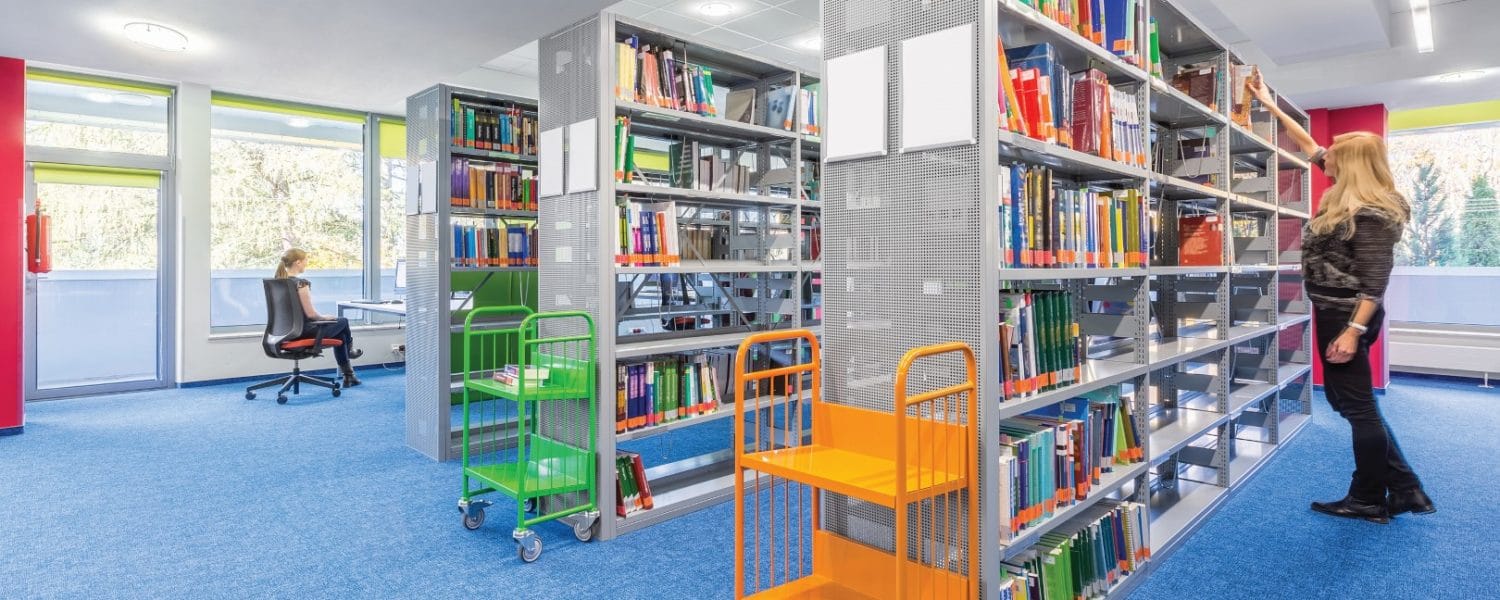By Rebecca Killam
Schools can benefit from LED lighting in more places than you may think. Using LED technology can not only cut electricity costs, it can also help improve student learning and campus safety. Shown to improve mood, reduce eye strain, and reduces absenteeism, LED lighting has a direct impact on students, teachers, and the learning environment.
Here are 5 places where traditional lighting doesn’t make the grade and needs to be replaced by LED lighting.
1. Classrooms
Students and teachers spend the majority of their day in classrooms. Research indicates that LED lighting offers greater flexibility, increased focus and comfort. One study on the impact of light on learning saw a 35% increase in reading speed and 76% drop in hyperactive behavior during a yearlong experiment. Students under normal lighting were compared to students under light levels tailored to different activities, including higher intensity and color temperature during tests. By switching to LED, it also eliminated the distracting flickering and buzzing that is sometimes problematic with fluorescent tubes.
2. Library
School libraries offer a quiet place for individual studying or collaborative projects. Lighting in layers allows for softer ambient lighting to be paired with higher intensity desk lamps for task lighting. Overhead, LED light fixtures placed parallel to book shelves reduces eye strain and provides the most even light down the aisles. Using indirect rather than parabolic fixtures makes the space feel more open and decreases glare on library computers or student laptops.
3. Stairwells and Hallways
There’s nothing like a flickering fluorescent to change the vibe of a campus hallway from a place of higher learning to the set of a horror film. On the other hand, LED lighting provides a steady, long lasting light, reducing maintenance for high-traffic and hard to reach areas. When upgrading, don’t forget your emergency lighting. LED panels can be equipped with emergency backup ballasts to help students and faculty leave safely during a power outage or emergency.
4. Gymnasiums
The amount of light required in gymnasiums varies, with elementary school gyms requiring less light than a college or university. Official sports lighting is measured in footcandles (how much light per square foot). Whether using metal halide or LED lights, it’s important that the fixtures be impact-resistant. A shower of glass down on players would make anyone re-think “any publicity is good publicity.” LED high bays frequently use a plastic lens and some fixtures can be equipped with a wire guard to protect against stray balls.
Additional benefits of LEDs vs. other technologies in gymnasiums is not only that they last longer and require less maintenance, LEDs eliminate any warm-up delay and provide instant full-output, uniform illumination. So, while the team warms up, your lights won’t have to.
5. Building Exteriors
Students and faculty need to feel safe when coming and going from campus. LED area lights provide better visualization than earlier technologies, making parking lots safer for both drivers and pedestrians. LED wall packs drastically reduce energy consumption, eliminate Lumen bounce (Lumens lost inside a MH fixture), and provide longer lasting, higher quality light. Higher Kelvin light is commonly used for security lighting because it reduces shadow contrast, providing better imagery for security cameras. MH wall packs have a quick drop in initial Lumens and eventually turn yellow while LED wall packs maintain the same color temperature for the duration of their life. LEDs can also be used in landscape lighting, path lighting, wall grazing, and other outdoor applications.
LED lighting passes the test in more ways than one!
Rebecca Killam is the content engagement manager at 1000Bulbs, an online light bulb retailer, www.1000Bulbs.com.





